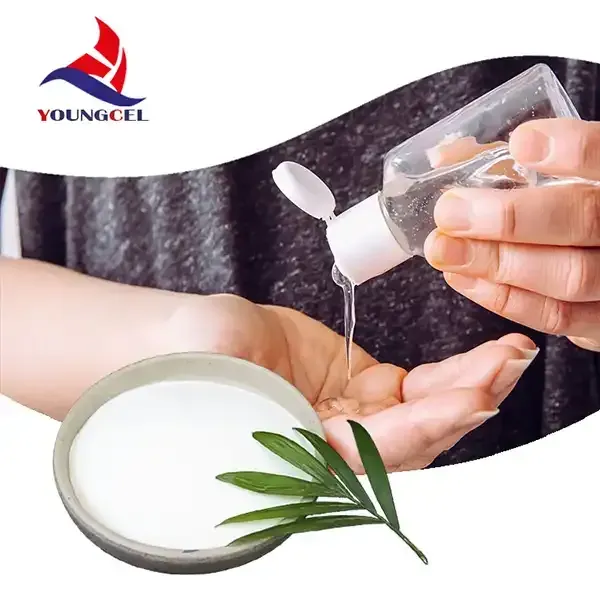Chemical Thickening Agents An Overview
Chemical thickening agents are substances that increase the viscosity of a solution without significantly altering its other properties. They play a vital role in numerous industries, including food, cosmetics, pharmaceuticals, and paints. By understanding the fundamentals, applications, and types of thickening agents, we can appreciate their significance in both everyday products and specialized formulations.
Understanding Viscosity and Thickening Agents
Viscosity refers to a fluid's resistance to flow. When a thickening agent is added to a liquid, it alters the internal friction of the fluid, making it thicker, which can improve the texture, stability, and overall performance of the product. This can be crucial for applications where consistency is key, such as in sauces, creams, and gels.
Thickening agents can be categorized into different classes based on their origin and chemical structure. They can be derived from natural sources, such as plant extracts, or synthesized chemically. The choice of thickening agent depends heavily on the intended use, required properties, and cost considerations.
Types of Thickening Agents
1. Natural Thickening Agents - Starch Derived from plants like corn and potatoes, starch is commonly used in both cooking and food processing. When heated with water, it gelatinizes, resulting in a thick, stable mixture. - Gums Various gums, such as xanthan gum and guar gum, are used widely in food and cosmetic formulations. Xanthan gum, for example, is produced through fermentation and is prized for creating a stable gel at low concentrations. - Pectin Found in fruits, pectin is often used to thicken jams and jellies. Its ability to form gels when combined with sugar and acid makes it a favorite among food manufacturers.
2. Synthetic Thickening Agents - Polyacrylate These are widely used in cosmetics and personal care products. They provide excellent thickening properties and can form clear gels. - Cellulose Derivatives Hydroxypropyl methylcellulose (HPMC) and carboxymethyl cellulose (CMC) are examples of synthetic cellulose derivatives that serve as effective thickening agents in both food and pharmaceutical applications.
chemical thickening agent

Applications in Various Industries
- Food Industry Thickening agents are crucial in the food industry for creating desirable textures in sauces, soups, and dressings. They improve mouthfeel and enhance the stability of emulsions, ensuring that these products remain consistent throughout their shelf life. - Cosmetics and Personal Care In the cosmetic industry, thickening agents help in formulating creams, lotions, and gels. They not only provide the desired consistency but also enhance the absorption and performance of active ingredients.
- Pharmaceuticals Thickening agents play a role in various pharmaceutical formulations, helping to mask the taste of medications, improve stability, and control the rate of drug release in controlled-release formulations.
- Paints and Coatings In the paint industry, thickening agents help improve the application properties of paints and coatings, ensuring even coverage and reducing the tendency to drip.
Environmental Considerations
With growing awareness regarding sustainability, the demand for natural thickening agents is rising. Consumers are increasingly looking for products free from synthetic chemicals. This trend has led manufacturers to explore plant-based alternatives and to innovate in sustainable sourcing and production practices.
Conclusion
Chemical thickening agents are integral to many products we use daily, influencing texture, stability, and performance. Understanding the various types and their applications allows manufacturers to tailor products to meet consumer needs effectively. As industries continue to evolve, the role of thickening agents will remain crucial, paving the way for innovation in formulation science that aligns with sustainability and health trends.




